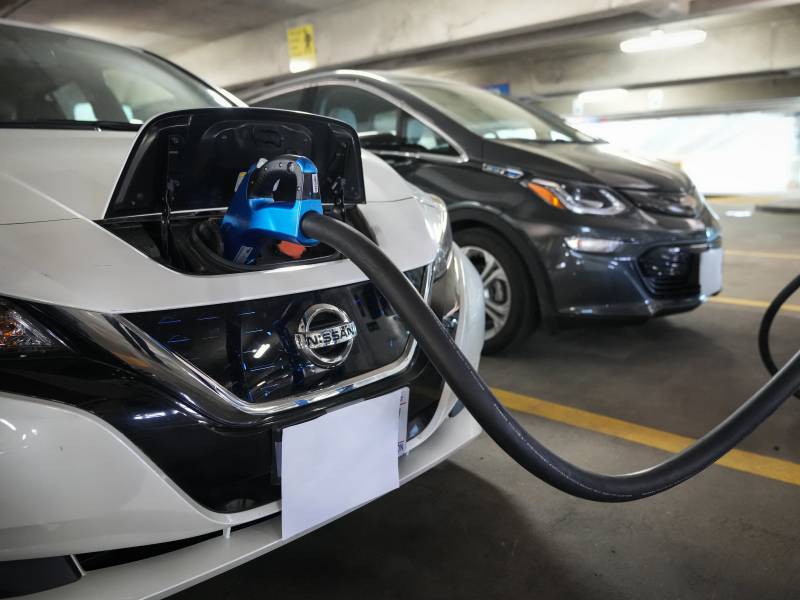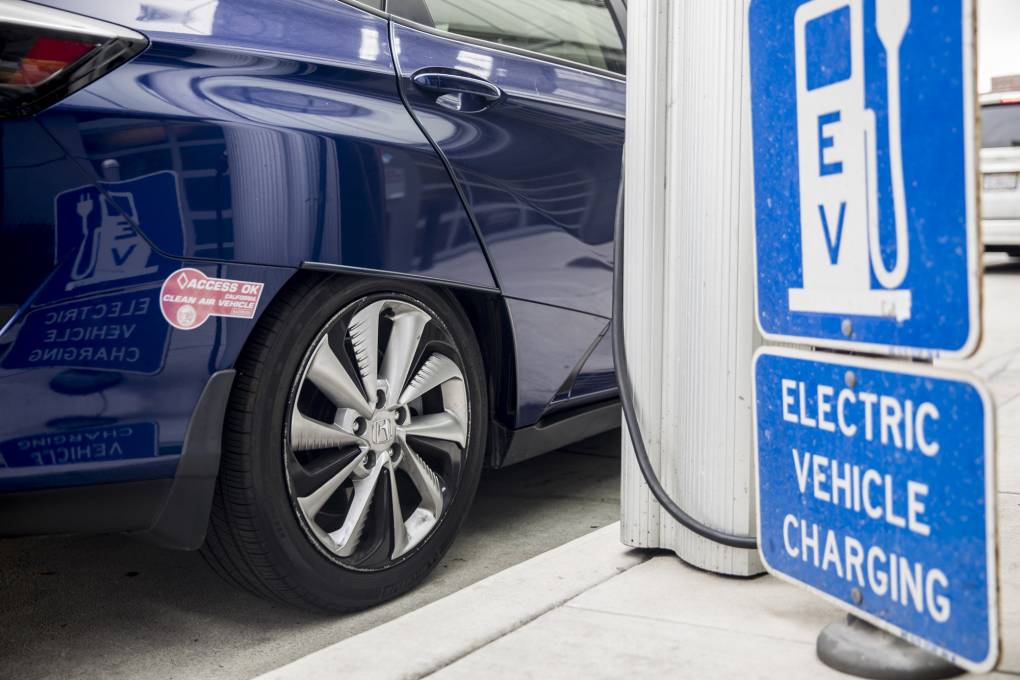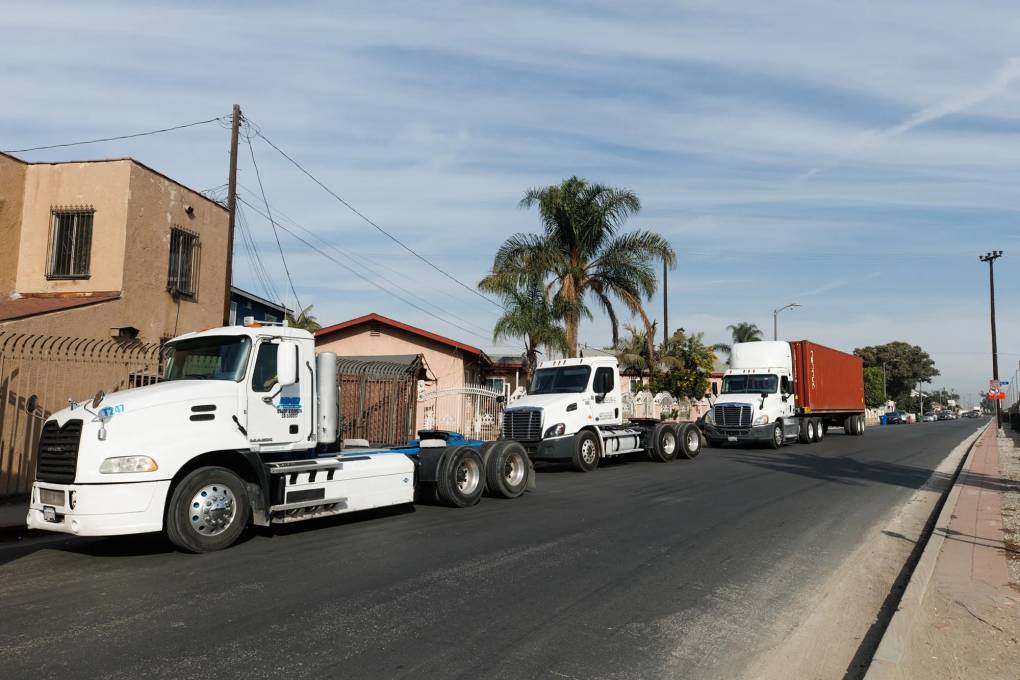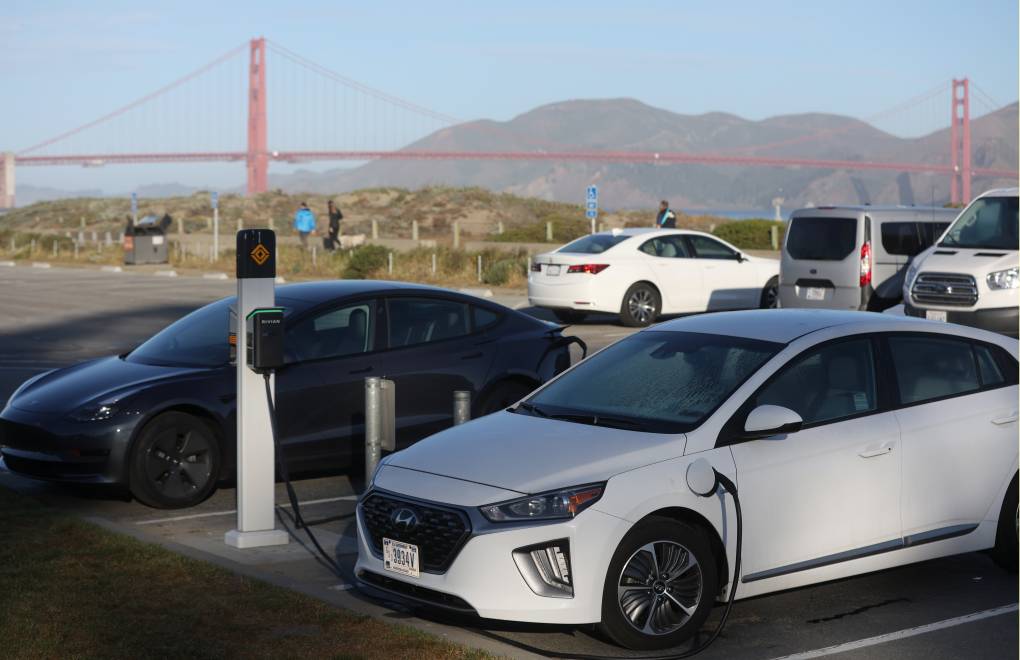A certain percentage of minerals in the EV battery must come from North America or a country that has a free trade agreement with the U.S.
Much of the battery components must also be manufactured or assembled in North America.
That’s expected to complicate things for auto companies.
“That’s going to be a huge burden and hurdle to overcome,” says Carla Bailo, CEO of the Center for Automotive Research. “We don’t have the mining, we don’t have the critical minerals that are needed in North America or from our free trade partners, and almost 90% of the refining is done in China.”
Currently, no electric vehicle on the market will qualify for the full tax credit when battery requirements take effect in 2023, according to the Alliance for Automotive Innovation.
Is it possible to qualify for a partial tax credit?
It is.
A buyer could get a partial credit of $3,750 if 40% of the critical minerals in EV batteries are sourced from countries with which the U.S. has a free trade agreement.
The other $3,750 is linked to battery components. Starting in 2023, 50% of components will have to be manufactured or assembled in North America.
Over time, the required amount of minerals in the EV batteries sourced from the U.S. or trading partners will increase. So too will the required amount of components manufactured or assembled in North America.
Which automakers win and lose under this law?
Based on what’s currently available on the market, higher-end electric car companies like Rivian stand to lose customers who qualify for the tax credit based on the cost of their vehicles.
Companies like Tesla or General Motors that have been producing cars in the U.S. and have already shifted their supply chains are better poised to meet the many requirements.
“They’re probably at the forefront of this technology right now with some vehicles on the market and many more on the way,” says Jessica Caldwell, executive director of insights at Edmunds.
Meanwhile, international automakers, like Toyota and Hyundai, face some big decisions.
“For the Asian and European automakers who have some limited production in North America, that’s where we might see some more weighing of the scales in terms of, ‘Is it worthwhile for us to shift production of vehicles or sourcing of materials to qualify for this, or do we just walk away?,’ ” says Michael Fiske, associated director of Powertrain and Compliance for S&P Global Mobility.
Don’t these caveats make it hard to get the tax credit?
Initially, yes.
It will be difficult, if not impossible, for buyers to qualify for the full $7,500 tax credit as automakers rethink their operations to meet the various requirements.
But this is a long-term play by the Biden administration. By incentivizing automakers to cater to a less affluent crowd and by pushing automakers to bring their supply chains to the U.S., the administration believes it can make EVs more mainstream and accelerate toward an ambitious goal: to have half of all new car sales be for electric models by 2030, up from only 3% today.
Another motivating factor is China.
China controls about three-quarters of the market for the minerals that are essential for batteries and the Biden administration has been worried about continued access to those minerals. By bolstering domestic supply chains, the administration intends to reduce China’s ability to roil the electric vehicle market.




9(MDAxOTAwOTE4MDEyMTkxMDAzNjczZDljZA004))